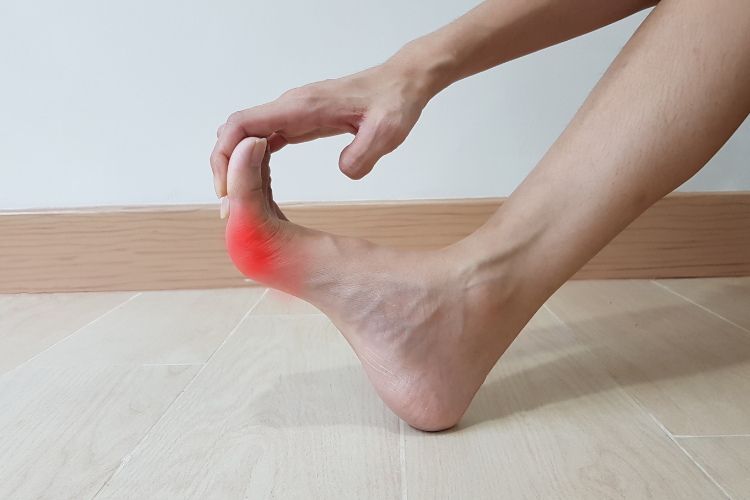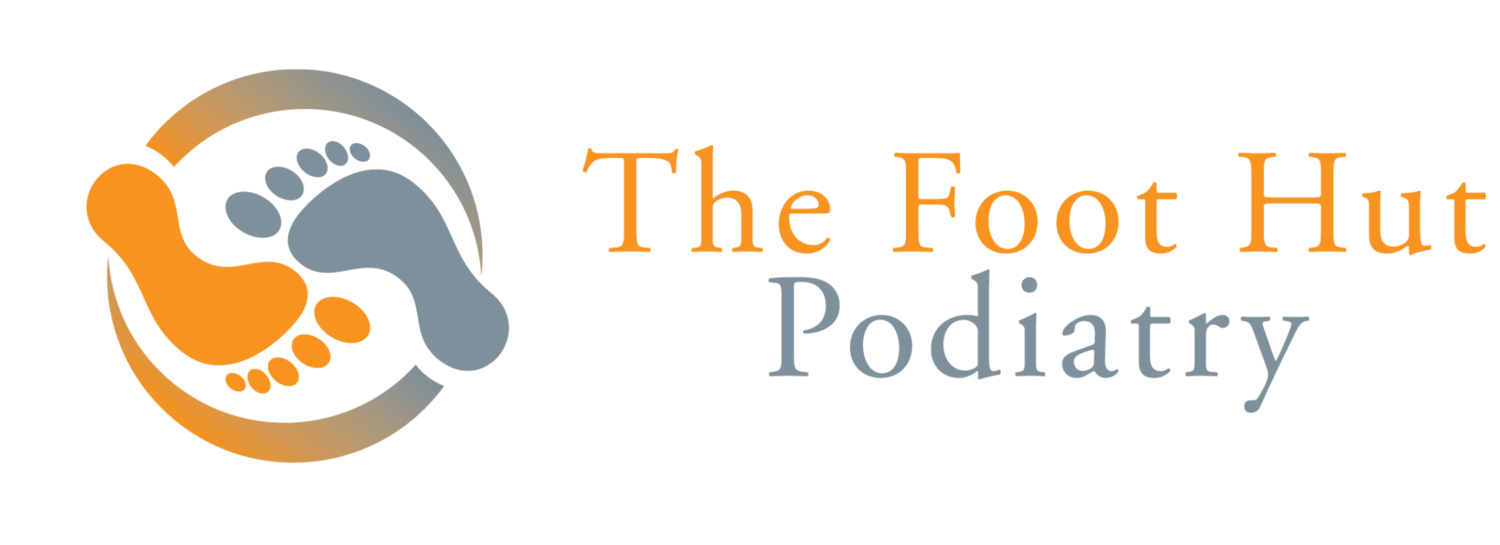
Bunion treatment.
What Are Bunions & How Are They Treated?
A bunion appears as a bump on the side of your foot. It’s a bony deformity that forms on the joint where your big toe meets your foot (also known as the metatarsophalangeal joint). This bump is the result of an abnormality of the bones in the foot and causes your big toe to lean towards your second toe as opposed to being straight.
In some cases, a bunion can be more or less painless. However, over time a bunion will cause the toes of your feet to bunch together, in turn causing pain and potentially a permanent deformity.
In most cases, bunions are thought to be genetic; they tend to occur due to a fault in the structure of the foot, which is typically inherited. Some conditions can worsen or contribute to the development of a bunion, including flat feet, excessively flexible ligaments or an abnormal bone structure.
Some experts within the podiatry field believe that incorrectly fitting shoes can lead to a bunion, but others think that shoes will only worsen a pre-existing problem. Bunions, as mentioned previously, usually worsen over time but can be worsened by:
Ill-fitting shoes that are too tight and cause the toes to be pushed together
High-heeled and pointy-toed shoes
Excessive amounts of standing
Exercising that could cause trauma to the foot
Arthritis symptoms in your feet
The symptoms of a bunion, as well as a bump on the side of your foot, include:
Red or inflamed skin
Your big toe turning toward the other toes
Thickened skin on the underside of your big toe
Calluses on your second toe
Persistent toe pain
Difficulty in moving your big toe
Easing the pain of a bunion
Bunions can be a real pain, literally. If you're suffering from bunions and looking for relief, there are a few options available to you although the only permanent way to remove a bunion is through the use of surgery. There are however some other bunion treatment options and home remedies like wearing comfortable shoes or soaking your foot in warm water that can help to ease the pain. If those don't work, you can consult with a bunion specialist about potentially getting surgery.
Don't suffer in silence! Bunions can be painful and debilitating, so don't ignore them! Visit one of our foot and ankle specialists for a consultation to learn how to keep your feet healthy and pain-free.
Some of the best conservative treatment options for bunions include:
Wearing the right shoes - The first step you should try when trying to reduce the pain of a bunion is ensure you are wearing the best shoes. We recommend wearing soft or fabric based shoes with plenty of room in the toe box to prevent constriction of the affected area and a stable arch support.
You should avoid shoes that will put excess pressure on the bunion area such as high-heels or tight fitting trainers as these could push the bunion and the big toe further out of place, additionally you should avoid flat shoes that provide little to no support to your feet.
Try Custom Orthotics - One of the biggest problems with bunions is that they can cause midfoot instability. This means that the bones in your feet are not properly supported, which can cause a lot of pain and discomfort. Luckily, there are a few things you can do to help alleviate this problem. First, you can try adding arch support to your shoes. This will help to realign your foot and slow the progression of the bunion. You can also visit a bunion specialist to get fitted for a custom orthotic insert. This insert will provide extra support and cushioning for your foot, which can take a lot of pressure off of the bunion itself.
Wear a bunion pad - Bunion padding can help cushion the area and prevent rubbing. There are several options available such as silicone gel sleeves to cushion the bunion or moleskin to prevent rubbing or chafing on the inside of your shoe. Toe spacers may also help with alignment. These items can be found over the counter at most pharmacies.
Medications - There are a variety of ways to treat the pain and inflammation associated with bunions, including non-steroidal anti-inflammatory drugs (NSAIDs). NSAIDs can be taken orally, applied topically, or injected into the bunion by a healthcare professional.
Wear a bunion splint - A bunion splint is a device that is worn on the foot to help straighten out a joint deformity. This can be especially helpful at night when you are trying to avoid stiffness in the joint. Additionally, wearing a splint can help slow the progression of your bunion.
If you are experiencing bunion pain and would like a professional opinion, we will be happy to help you and provide you with the best advice for treating a bunion. We can also offer you tips on other simple treatments that can provide you with relief from the pain.
Exercise and Stretching - If your bunion is bothering you and making it difficult to stay active, you may not feel like exercising. However, range-of-motion exercises can actually help improve your condition. give you relief. Some of the most effective stretches you could try are:
Toe points and curls
Toe Circles
Ball roll (under the arch of the foot)
Towel grip & pull
Figure 8 rotation
Heel raises


